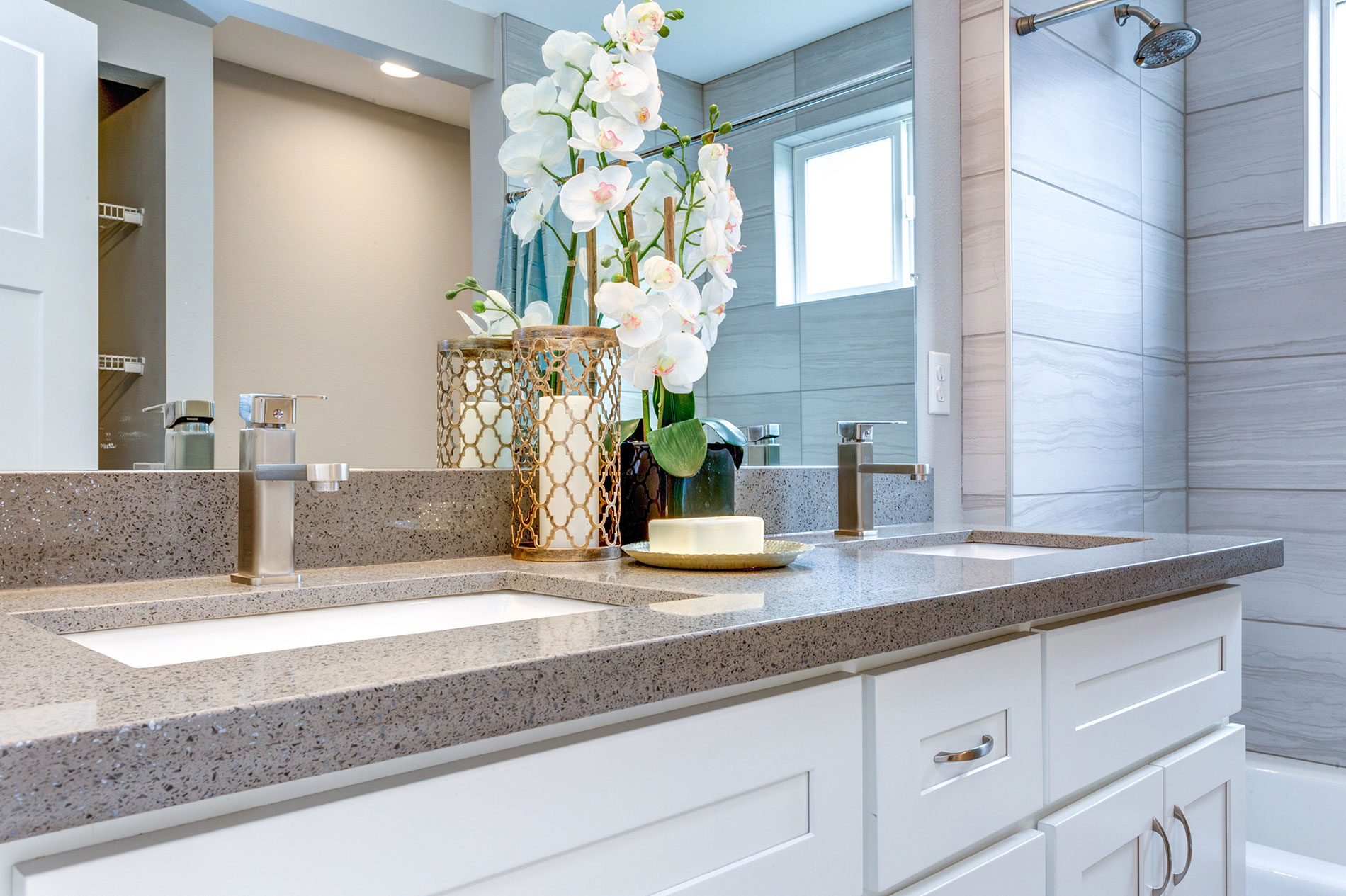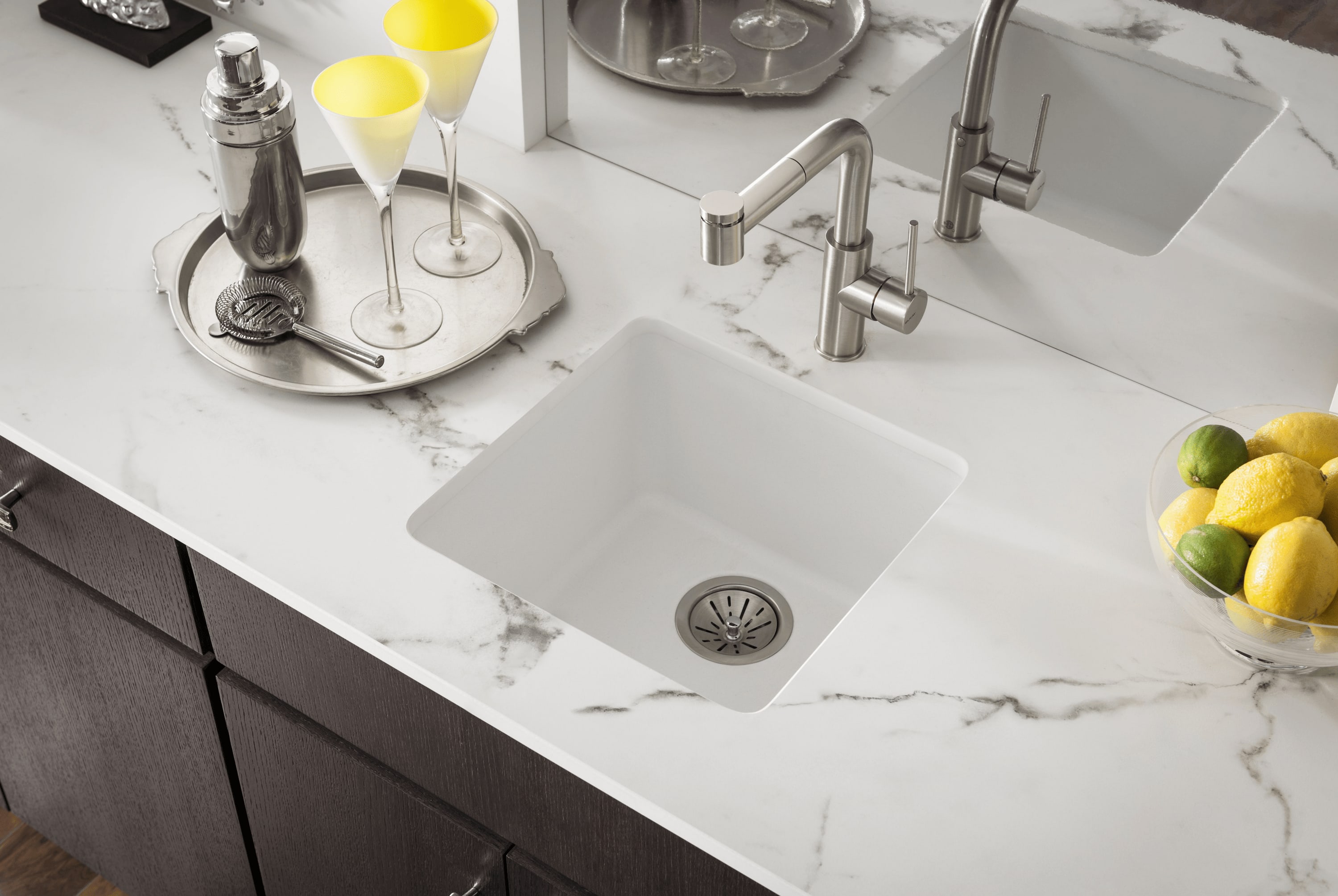Material Properties

Best material for bathroom sink – The material of a bathroom sink is a key factor in determining its durability, functionality, and aesthetic appeal. Here are some of the most common materials used for bathroom sinks, along with their advantages and disadvantages:
Porcelain, Best material for bathroom sink
- Advantages:
- Durable and long-lasting
- Resistant to stains and scratches
- Non-porous and easy to clean
- Available in a wide range of colors and styles
- Disadvantages:
- Can be expensive
- Can chip or crack if hit hard
Ceramic
- Advantages:
- Less expensive than porcelain
- Durable and resistant to stains and scratches
- Available in a variety of colors and styles
- Disadvantages:
- Can be porous and absorb water if not properly glazed
- Can chip or crack if hit hard
Granite
- Advantages:
- Extremely durable and resistant to scratches and heat
- Non-porous and easy to clean
- Unique and beautiful natural appearance
- Disadvantages:
- Very expensive
- Heavy and difficult to install
Quartz
- Advantages:
- Durable and resistant to scratches and heat
- Non-porous and easy to clean
- Available in a wide range of colors and styles
- Less expensive than granite
- Disadvantages:
- Can be prone to chipping if hit hard
- Not as heat-resistant as granite
Aesthetic Considerations

When choosing a bathroom sink material, aesthetic considerations play a significant role. Different materials offer a range of visual characteristics that can complement various bathroom styles.
The following table provides a comparison of the visual characteristics of common sink materials:
| Material | Color | Texture | Finish |
|---|---|---|---|
| Ceramic | White, black, beige, etc. | Smooth, glossy, or textured | Glazed or unglazed |
| Porcelain | White, ivory, black, etc. | Smooth, glossy, or matte | Glazed or unglazed |
| Stone (e.g., granite, marble) | Varies depending on the type of stone | Smooth, honed, or textured | Polished or unpolished |
| Glass | Clear, frosted, colored, etc. | Smooth, textured, or patterned | Glossy or matte |
| Metal (e.g., stainless steel, copper) | Silver, gold, bronze, etc. | Smooth, brushed, or hammered | Polished or unpolished |
Material choices can also complement different bathroom styles. For example:
- Ceramic and porcelain sinks are popular for traditional and classic bathroom styles.
- Stone sinks can add a touch of luxury and elegance to a bathroom.
- Glass sinks are a good choice for modern and contemporary bathrooms.
- Metal sinks are a versatile option that can complement various bathroom styles.
Functionality and Maintenance: Best Material For Bathroom Sink

The functionality and maintenance of a bathroom sink are crucial considerations when selecting the best material. Different sink shapes and sizes, as well as material choices, impact ease of use, cleaning, and maintenance.
Sink Shapes and Sizes
- Round sinks: Offer a classic and elegant look, providing ample space for washing hands and brushing teeth. However, they may be more difficult to clean in corners.
- Square sinks: Provide a modern and geometric aesthetic, maximizing counter space. They are relatively easy to clean, but sharp corners may require extra attention.
- Oval sinks: Combine the spaciousness of round sinks with the sleek lines of square sinks, offering a versatile option. They are generally easy to clean and maintain.
Ease of Cleaning and Maintenance
The material of the sink plays a significant role in its ease of cleaning and maintenance. Some materials, such as vitreous china and porcelain, are non-porous and resist stains and scratches. Others, like natural stone, require regular sealing to prevent stains and damage.
Preventing and Removing Damage
- Stains: Use mild cleaning agents and avoid harsh chemicals to prevent staining. For stubborn stains, apply a baking soda paste and let it sit for several hours before rinsing.
- Scratches: Minor scratches can be buffed out with a soft cloth and a non-abrasive cleaner. Deeper scratches may require professional repair.
- Other damage: Avoid placing heavy objects or sharp utensils in the sink to prevent chips or cracks. Use a drain strainer to catch hair and debris, reducing the risk of clogs and damage.
When selecting the best material for your bathroom sink, consider the durability, ease of cleaning, and aesthetic appeal. Solid surface materials like quartz and granite offer exceptional durability and come in a wide range of colors and patterns. For a more traditional look, consider a 48 bathroom vanity top with sink made from vitreous china, which is highly resistant to scratches and stains.
Ultimately, the best material for your bathroom sink will depend on your individual preferences and needs.
When selecting a bathroom sink, material choice is crucial. Consider durability, ease of cleaning, and aesthetic appeal. While ceramic and porcelain are classic options, newer materials like acrylic and quartz offer advantages. For a spacious and stylish setup, explore 40 inch bathroom vanities with sinks.
These vanities provide ample storage and enhance the overall functionality of your bathroom. Ultimately, the best material for your bathroom sink depends on your specific needs and preferences.